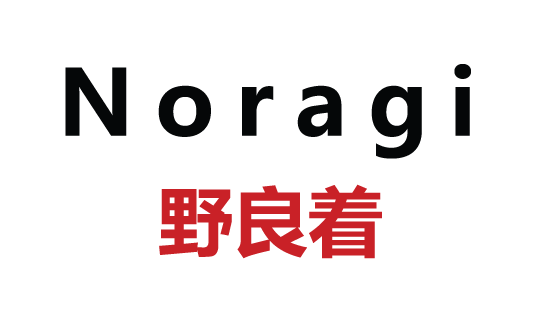About the fabrics
Kaya Cloth
Kaya cloth is a traditional Japanese textile known for its use as mosquito netting. The history of kaya cloth, its uses, and its cultural significance provide a fascinating glimpse into...
Kaya Cloth
Kaya cloth is a traditional Japanese textile known for its use as mosquito netting. The history of kaya cloth, its uses, and its cultural significance provide a fascinating glimpse into...
Katazome Process
Overview Katazome is another resist dyeing technique that uses stencils (kata) to apply resist paste. This method has been used in Japan for centuries and is known for its repetitive...
Katazome Process
Overview Katazome is another resist dyeing technique that uses stencils (kata) to apply resist paste. This method has been used in Japan for centuries and is known for its repetitive...
Shibori Process
Shibori is a traditional Japanese resist dyeing technique that dates back to the 8th century. The term "shibori" comes from the Japanese verb "shiboru," which means to wring, squeeze, or...
Shibori Process
Shibori is a traditional Japanese resist dyeing technique that dates back to the 8th century. The term "shibori" comes from the Japanese verb "shiboru," which means to wring, squeeze, or...
Kasuri Process
Origins and DevelopmentKasuri likely originated in Southeast Asia and was introduced to Japan through trade routes. It became particularly popular during the Edo period (1603-1868) and flourished in regions such...
Kasuri Process
Origins and DevelopmentKasuri likely originated in Southeast Asia and was introduced to Japan through trade routes. It became particularly popular during the Edo period (1603-1868) and flourished in regions such...
